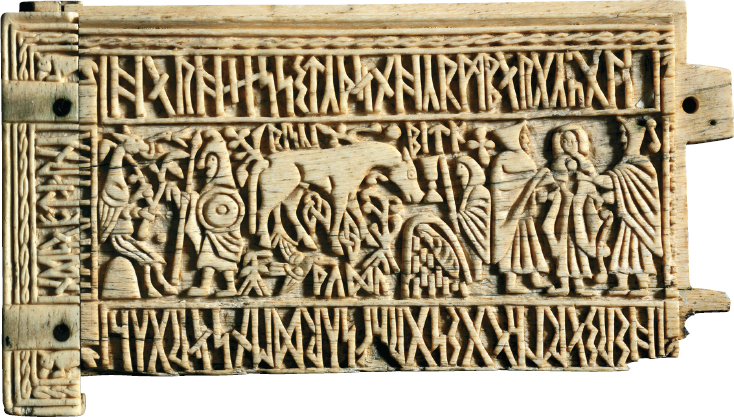Customary and Written Law
Early barbarian tribes had no written laws. Law was custom, but certain individuals were often given special training in remembering and retelling laws from generation to generation. Beginning in the late fifth century, however, some chieftains began to collect, write, and publish lists of their customs and laws.
The law code of the Salian Franks, one of the barbarian tribes, included a feature common to many barbarian codes. Any crime that involved a personal injury, such as assault, rape, and murder, was given a particular monetary value, called the wergeld (WUHR-
The wergeld system aimed to prevent or reduce violence. If a person accused of a crime agreed to pay the wergeld and if the victim and his or her family accepted the payment, there was peace. If the accused refused to pay the wergeld or if the victim’s family refused to accept it, a blood feud ensued. At first, Romans had been subject to Roman law and barbarians to barbarian custom. As barbarian kings accepted Christianity and as Romans and barbarians increasingly intermarried and assimilated culturally, the distinction between the two sets of law blurred and, in the course of the seventh and eighth centuries, disappeared. The result would be the new feudal law, to which all who lived in certain areas were subject.
